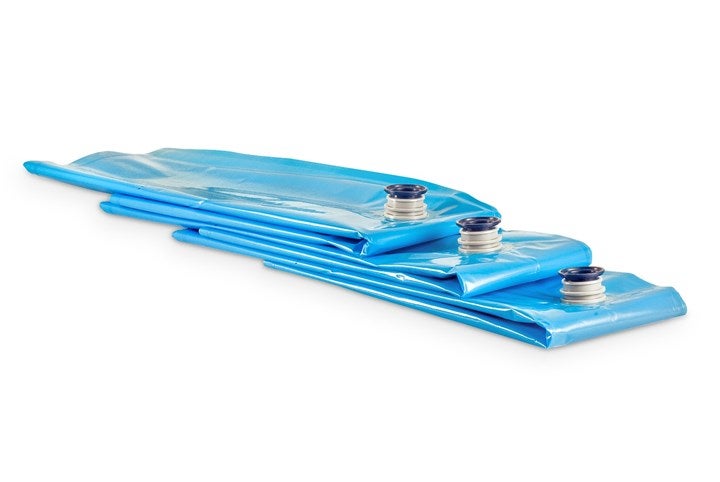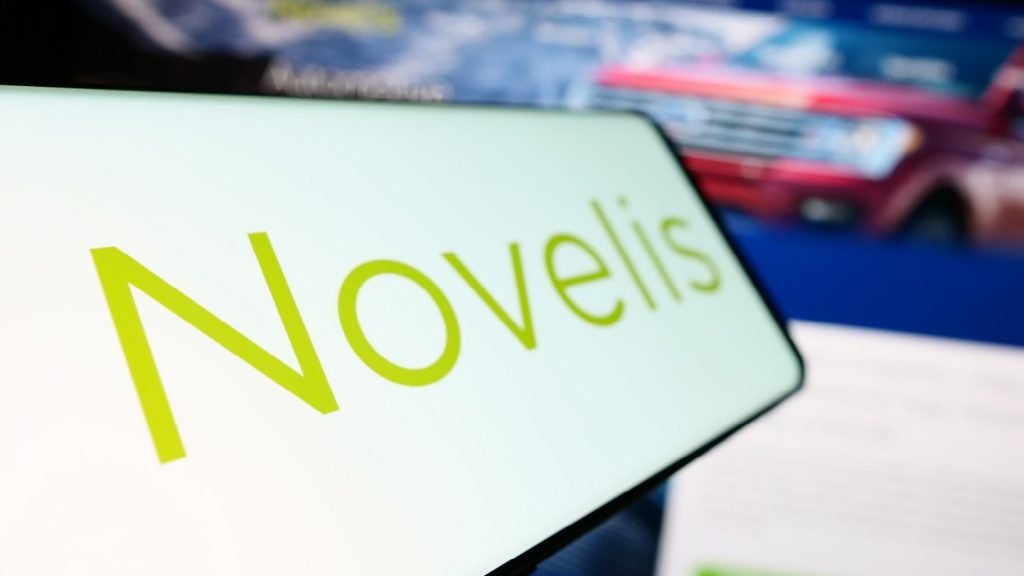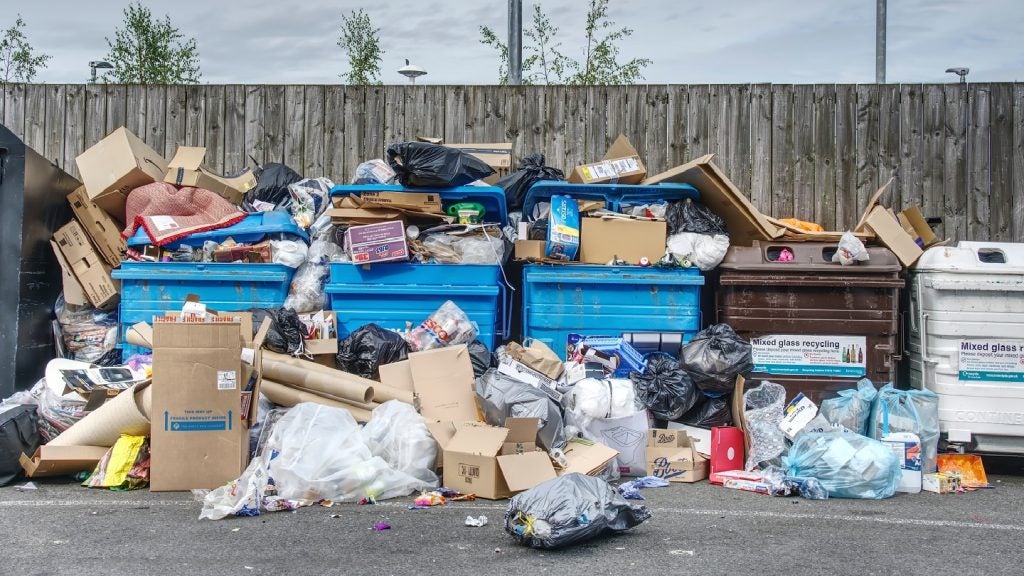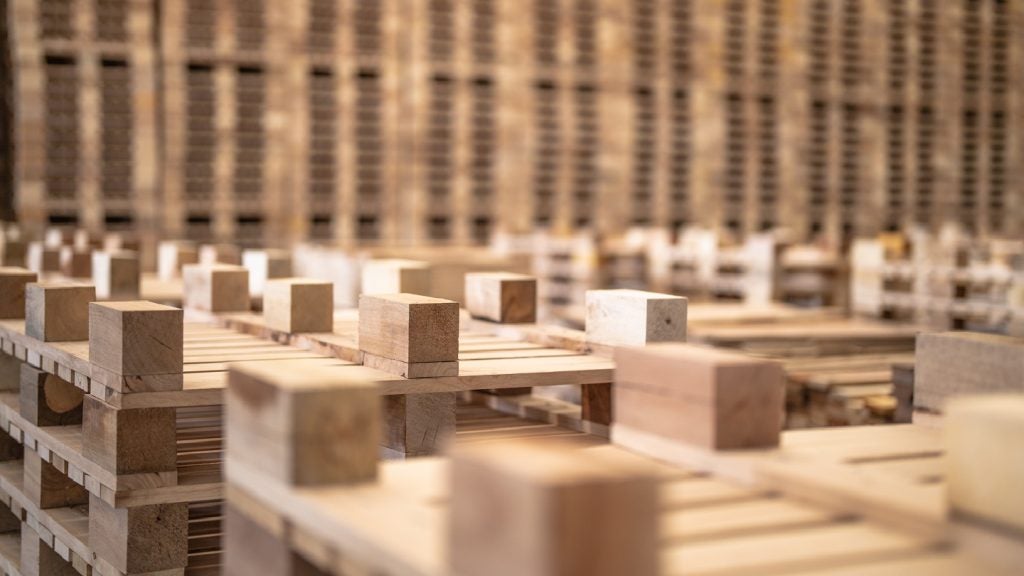
Aran Group has unveiled its latest innovation, Premium Flex 2.0, set to revolutionise the long-distance transportation of liquid foods.
This new product follows the success of the Premium Flex Bag-In-Box (BIB) introduced by the company in early 2021, specifically designed to tackle the challenge of flex cracks encountered during extended liquid food transportation.
Enhanced solution for long-distance transport
The standout feature of the Premium Flex 2.0 lies in its departure from traditional packaging norms.
Unlike its predecessor, this second-generation BIB eliminates metalised layers, relying solely on a thin layer of ethylene vinyl alcohol for its barrier, making up less than 5% of the packaging itself.
The remaining layers consist of various polyethylenes (PEs), presenting an innovative monomaterial solution that is fully recyclable in a PE recycling stream.
Extended logistical distances
A key advantage of the Premium Flex 2.0 solution is its ability to support logistical transport over impressive distances. Internal lab tests have demonstrated its efficiency in distances of up to 8,000km by sea, land, or air.
This marks a substantial improvement compared to conventional bags that typically allow only 2,000km.
By overcoming the limitations of traditional solutions, Aran’s Premium Flex 2.0 concept opens new possibilities for the transport of liquid food items across vast geographical regions.
Addressing environmental concerns and reducing waste
One of the critical challenges in the industry has been the prevention of flex cracks, often requiring additional materials and packaging operations to compensate.
However, these solutions come with drawbacks and fail to fully resolve the issue. Premium Flex 2.0 however, addresses this challenge by eliminating the need for extra packaging, resulting in a reduction in waste.
Weighing less than 500g per 220-litre bag and composed of four distinct layers, this innovative packaging solution offers a well-balanced composition, ensuring flexibility and durability throughout the entire transportation process.








